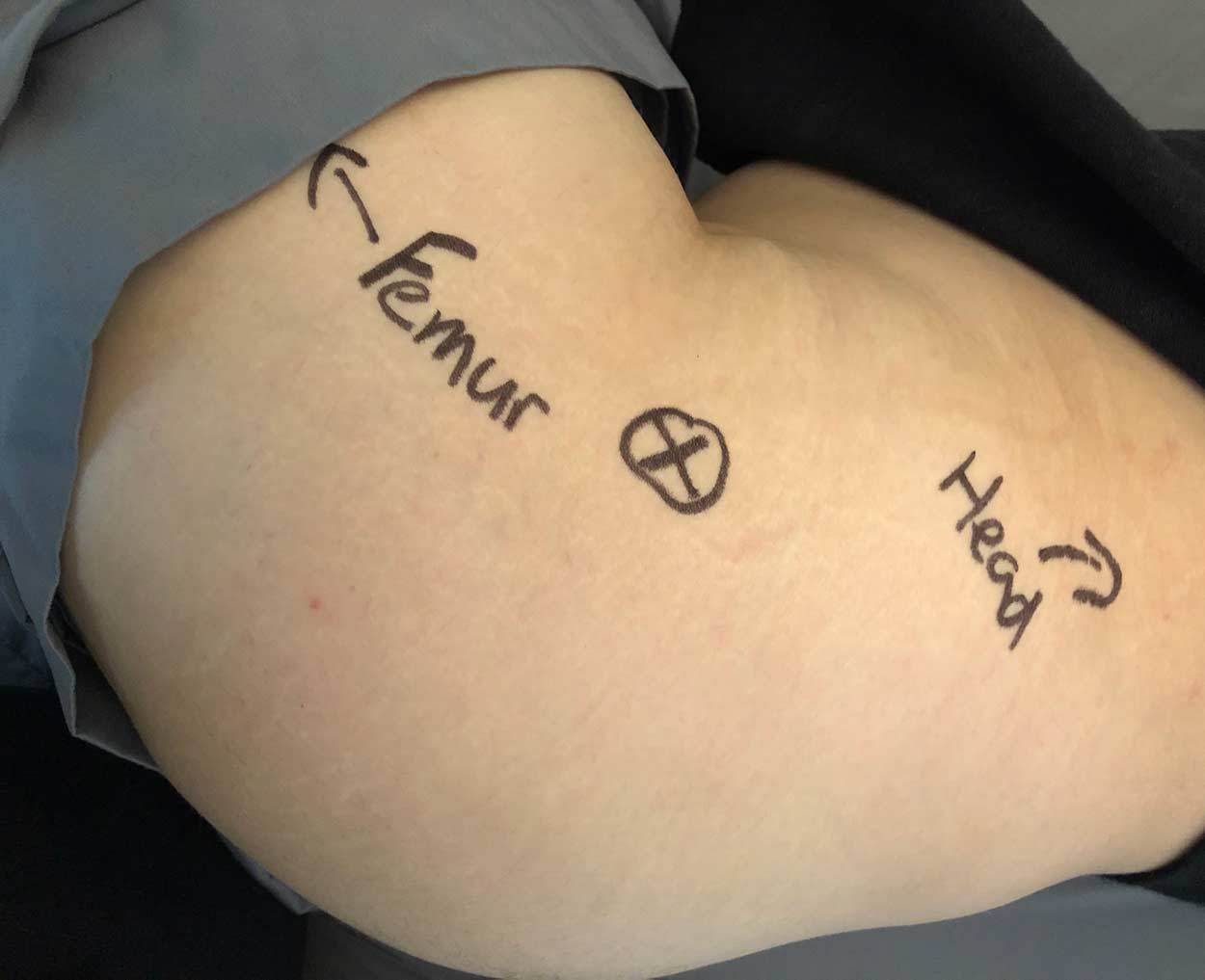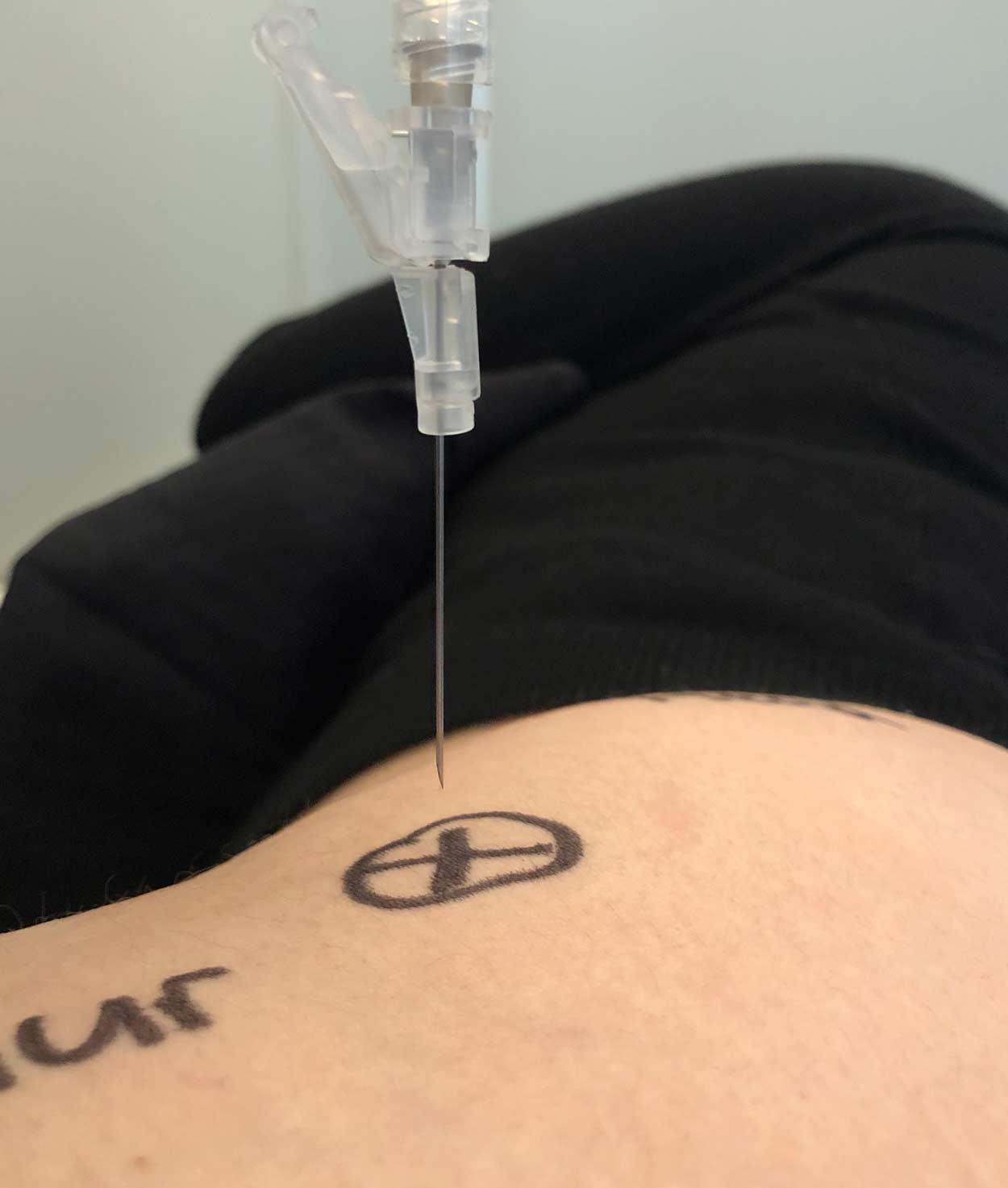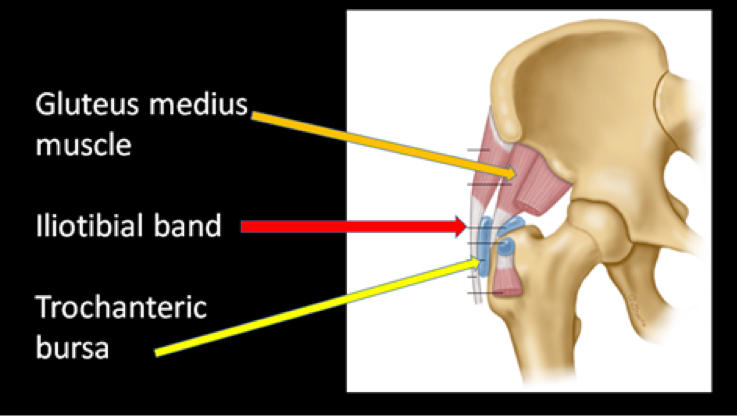Overview
Trochanteric bursitis, or greater trochanteric pain syndrome (GTPS), commonly causes lateral hip pain in adults.
Diagnosis is usually clinical and based on tenderness to palpation of the greater trochanter (in particular, the posterior-superior aspect), pain when lying down on the affected leg, and pain that increases with prolonged standing or ambulation.
The most sensitive test is the resisted external derotation test. Patient should bend leg into figure four and then extend leg into neutral position against practitioner resistance. Pain in the hip is indicative of GTPS.
Trochanteric bursitis is more common in women and in people who are obese.
Injection with both steroids and local anesthetic agents has been shown to improve clinical outcomes at 12 weeks compared to local anesthetic alone.
Ultrasound (US) guidance is not absolutely necessary but can help make the diagnosis and deliver medication to the appropriate location.





